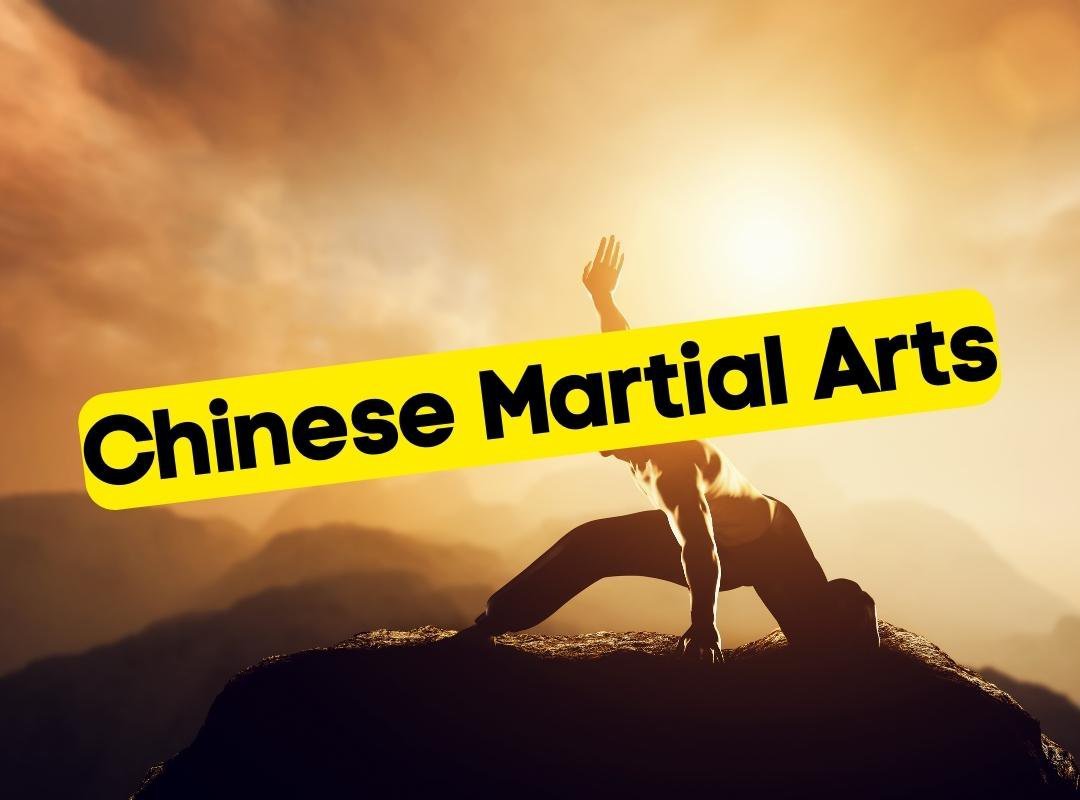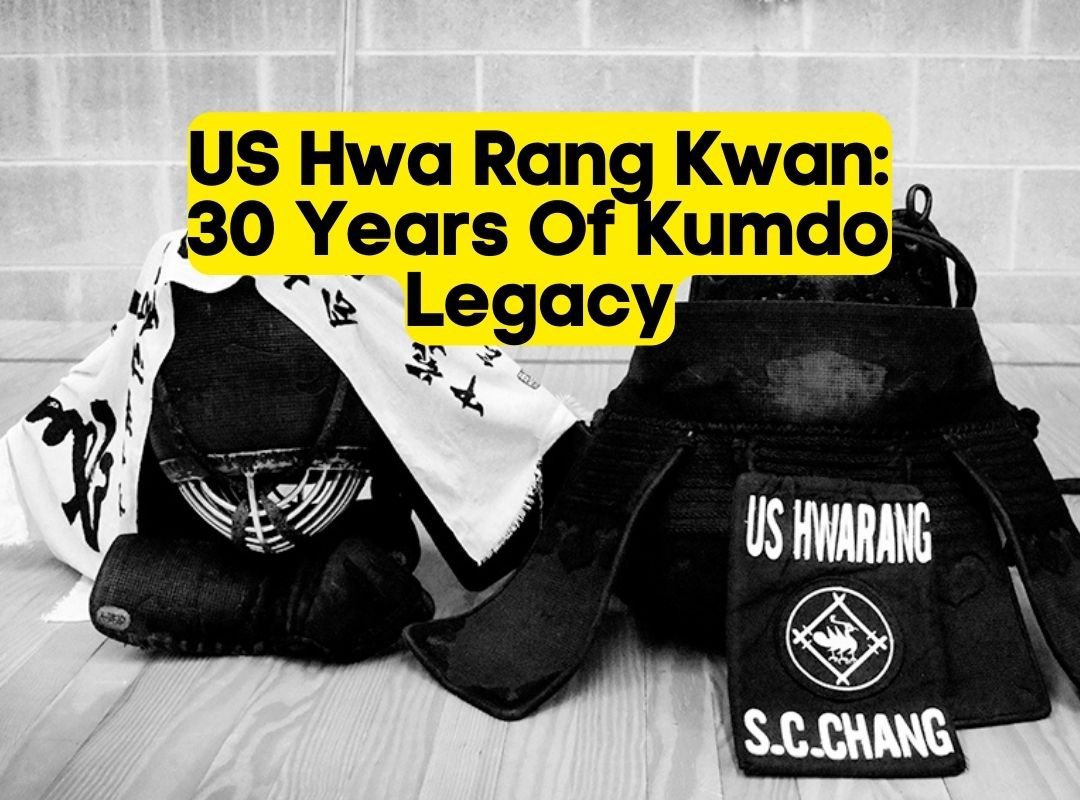Kendo, a martial art focused on discipline, explores its potential as a kendo Olympic sport amid global interest, cultural values, and scoring challenges.
Key Takeaways 📝
- Kendo's Global Appeal: Kendo, rooted in the Samurai tradition, is rapidly gaining popularity worldwide, making a compelling case for its inclusion as an Olympic sport.
- Cultural Dilemma: While Olympic inclusion could enhance visibility and funding for kendo, many practitioners worry it may compromise the sport's core values of discipline and respect.
- Scoring Challenges: Kendo's subjective scoring system poses significant hurdles for Olympic recognition, necessitating a shift toward more standardized judging practices.
- Financial Opportunities: Becoming an Olympic sport could unlock new funding avenues for athletes and coaches, enhancing training programs and expanding kendo's reach.
- Balancing Tradition and Modernity: The potential for kendo to join the Olympics presents a complex challenge of maintaining its cultural essence while embracing the visibility and growth that come with international competition.
Kendo, a martial art that embodies the Samurai spirit, is more than just a sport; it's a way of life. Rooted in the ancient Japanese practice of kenjutsu, kendo has evolved into a sophisticated form of swordsmanship that emphasizes discipline, respect, and personal growth. But as we move deeper into the 21st century, a pressing question emerges: Should kendo become an Olympic sport? This blog post takes an in-depth look at kendo as an Olympic sport, exploring the history, potential benefits, and challenges of its inclusion in the Olympics.
Introduction to Kendo and Its Olympic Aspirations
Kendo, literally meaning "the way of the sword," is a martial art that demands not only physical skill but also mental fortitude. Practitioners don traditional armor and wield bamboo swords to engage in combat that is as much about mental strategy as it is about physical prowess. As kendo gains popularity worldwide, the debate over its inclusion as a kendo Olympic sport intensifies. But what would kendo look like on the world stage of the Olympics?
The Historical Evolution of Kendo
Birth from Kenjutsu
Kendo's roots can be traced back to kenjutsu, the traditional art of swordsmanship practiced by the Samurai. Over centuries, kenjutsu evolved to incorporate philosophical teachings, emphasizing the development of character alongside combat skills.
Modern Kendo’s Development
In the late 19th and early 20th centuries, kendo began to take the shape we recognize today, with standardized rules and equipment. The emphasis shifted from battlefield survival to personal development and discipline, setting the stage for its potential as a kendo Olympic sport.
Kendo’s Global Presence
Growth Beyond Japan
Once confined to Japan, kendo has spread across the globe, with practitioners in Europe, the Americas, and Asia. Today, kendo is practiced in over 50 countries, supported by the International Kendo Federation (FIK), which governs international competitions and standards—an essential step for its journey toward becoming a kendo Olympic sport.
Key International Competitions
The World Kendo Championships, organized by the FIK, is a testament to kendo's international appeal. Held every three years, this event showcases top kendo talent worldwide and highlights the sport's potential for Olympic inclusion, further fueling the discussion about kendo as an Olympic sport.
Current Status: Kendo and the Olympics
Despite its global reach, kendo is not currently an Olympic sport. The reasons are complex, involving cultural, technical, and logistical challenges. Yet, the dream of seeing kendo as an Olympic sport remains alive for many enthusiasts.
Arguments for Kendo as an Olympic Sport
Growing Global Interest
Kendo's increasing popularity worldwide makes it a strong candidate for Olympic inclusion. As more people take up the sport, the demand for international recognition as a kendo Olympic sport grows.
Increased Visibility and Funding
Becoming a kendo Olympic sport could boost its visibility and attract funding for athletes, coaches, and organizations. This financial support could enhance training programs and facilities, benefiting practitioners at all levels.
Arguments Against Olympic Inclusion
Preservation of Traditional Values
Many kendo practitioners fear that becoming a kendo Olympic sport could dilute the sport's traditional values. Kendo is not just about winning; it's about self-improvement and mutual respect, principles that may be overshadowed by the competitive nature of the Olympics.
Technical and Scoring Challenges
Kendo's scoring system, which relies on subjective judgment rather than electronic measures, presents a challenge for Olympic inclusion. Ensuring fairness and consistency in judging would require significant adjustments to current practices to accommodate the sport's potential Olympic format.
Cultural Significance of Kendo
Kendo is deeply intertwined with Japanese culture, embodying values such as discipline, respect, and perseverance. These cultural roots are integral to the sport's identity and may be difficult to preserve as it evolves into a kendo Olympic sport.
Potential Impact on the Kendo Community
Olympic inclusion could transform the kendo community, bringing new opportunities and challenges. While increased exposure might attract new practitioners, it could also lead to commercialization and a shift in focus from personal growth to competition, altering the essence of kendo as a kendo Olympic sport.
Case Study: Other Martial Arts in the Olympics
Examining the inclusion of other martial arts, such as judo and taekwondo, in the Olympics can provide valuable insights for kendo as a kendo Olympic sport. These sports have navigated similar challenges, balancing tradition with the demands of international competition.
Technical Challenges: Scoring and Judging
The subjective nature of kendo's scoring system is a significant hurdle for Olympic inclusion. Developing a standardized, objective system that maintains the sport's integrity is crucial for its aspirations as a kendo Olympic sport.
Financial Implications for Athletes and Coaches
Olympic inclusion could open new financial avenues for kendo athletes and coaches. Sponsorships, grants, and increased funding could enhance training and development opportunities, elevating the sport's overall quality as it transitions into a kendo Olympic sport.
Kendo and International Collaboration
The FIK plays a vital role in promoting kendo globally, fostering international collaboration and standardizing rules. The organization's efforts are crucial for kendo's Olympic aspirations, ensuring consistency and quality across competitions, and paving the way for kendo as an Olympic sport.
The Role of the International Kendo Federation (FIK)
The FIK's mission is to promote and develop kendo worldwide, supporting practitioners and organizing competitions. Its role in standardizing rules and fostering international cooperation is essential for kendo's journey toward becoming a kendo Olympic sport.
Conclusion: Balancing Tradition and Modernity
The debate over kendo's inclusion in the Olympics is a complex one, involving cultural preservation, technical challenges, and potential benefits. While kendo's global popularity and structured international competitions suggest it could be a strong candidate for the Olympics, the martial art's traditional values and unique scoring system present significant hurdles. Ultimately, the decision rests on balancing these factors to determine whether kendo can maintain its essence while embracing the global stage as a kendo Olympic sport.
FAQs About Kendo and the Olympics
Why isn’t kendo already an Olympic sport?
Kendo faces challenges related to its traditional values and subjective scoring system, which complicate its inclusion as a kendo Olympic sport.
What are the benefits of kendo becoming an Olympic sport?
Olympic inclusion could increase kendo's visibility, attract funding, and promote international collaboration, solidifying its status as a kendo Olympic sport.
How does kendo’s scoring system work?
Kendo's scoring system relies on subjective judgment, focusing on skill, posture, and strategy rather than electronic measures, which presents challenges for its adaptation as a kendo Olympic sport.
What role does the International Kendo Federation play in kendo’s Olympic aspirations?
The FIK promotes kendo globally, standardizing rules and organizing international competitions, which are crucial for its journey to becoming a kendo Olympic sport.
How has the inclusion of other martial arts in the Olympics impacted those sports?
Other martial arts, like judo and taekwondo, have faced similar challenges, balancing tradition with the demands of international competition, offering insights for kendo as it considers its future as a kendo Olympic sport.









